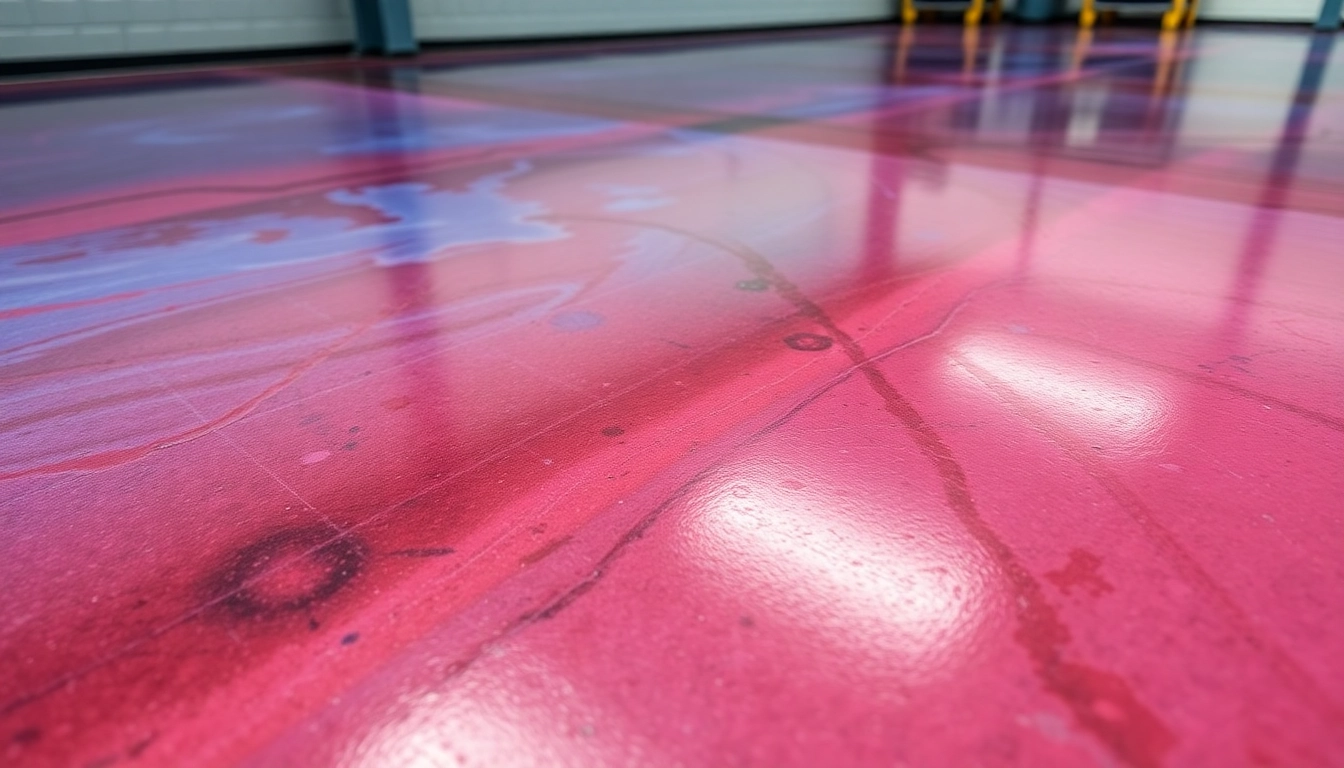
Understanding the Importance of Welcome Signs in Home Decor
First impressions are pivotal when it comes to your home’s curb appeal and overall aesthetic. A thoughtfully chosen welcome signs serve as a warm, inviting gesture that sets the tone for visitors and guests. Beyond their decorative appeal, these signs communicate personality, style, and hospitality, acting as visual ambassadors of your home’s charm. Whether you aim for rustic farmhouse warmth, modern minimalism, or personalized elegance, the right welcome sign enhances your entryway’s appeal and elevates your home’s exterior presentation.
They also play a strategic role in defining your personal or brand identity if you are a business owner. From residential front porches to commercial storefronts, well-designed welcome signs create an immediate connection and convey a sense of care and attention to detail. In a competitive market, such nuanced elements can significantly influence visitors’ perceptions and even influence their emotional response upon arrival.
Why First Impressions Matter
First impressions influence perceptions long before a visitor steps inside your home. An attractive, tastefully crafted welcome sign acts as a visual cue that your space is cared for and reflects your personal style. It signals warmth, hospitality, and attention to detail. According to environmental psychology, visual cues like front door decor can influence a guest’s mood and create a welcoming atmosphere from the outset.
Moreover, a compelling welcome sign can serve practical purposes, such as guiding guests to the front door amidst the landscape or in dim lighting conditions. It also becomes a focal point that ties together your overall exterior decor and landscaping, creating a seamless aesthetic that visitors immediately relate to hospitality and charm.
Different Types of Welcome Signs
Welcome signs come in an array of styles, materials, and formats, each suited for different aesthetic preferences and functional needs. The most common types include:
- Wooden Welcome Signs: Classic and rustic, these are often hand-crafted, giving a warm, homely feel. They can be painted, stained, or distressed for vintage appeal.
- Metal Welcome Signs: Offering durability and a modern or industrial look, metal signs are often used in contemporary and outdoor settings, including personalized monograms or engraved lettering.
- Chalkboard or Blackboard Signs: These flexible options allow for seasonal messages or greetings that can be easily changed, perfect for events or frequent updates.
- Acrylic or Plastic Signs: Lightweight and versatile, these signs are often used for commercial purposes or sleek modern decors.
- Neon and Lighted Signs: For a bold statement, illuminated welcome signs offer nighttime visibility and a vibrant ambiance, especially suitable for trendy establishments or themed front yards.
In addition to format, signs can serve different functions—some are purely decorative, while others include functional features like interactivity or personalization. The choice ultimately depends on your decor style, climate, and the message you wish to convey.
Choosing the Right Material and Style
Selecting a welcome sign material involves assessing durability, aesthetic appeal, maintenance, and budget. For outdoor use, weather-resistant materials like treated wood, powder-coated metal, or acrylic are essential to withstand elements such as rain, snow, and sun exposure.
Material Considerations:
- Wood: Offers a classic, rustic charm. Popular options include cedar, pine, or reclaimed wood. Regular sealing and staining prolong lifespan.
- Metal: Provides a sleek, modern look and durability. Aluminum and steel are popular choices, especially when custom shapes or intricate details are desired.
- Plastic/Acrylic: Budget-friendly, lightweight, and versatile, ideal for seasonal or temporary signage.
Style Alignments:
- Farmhouse: Often includes distressed finishes, rustic fonts, and natural tones.
- Modern Minimalist: Clean lines, monochromatic schemes, and simple typography.
- Vintage or Retro: Nostalgic fonts, antique finishes, and weathered looks.
- Personalized or Custom: Incorporate family names, house numbers, or seasonal themes tailored to your personality or branding.
The style should complement your overall home exterior, landscaping, and personal taste to ensure seamless integration and maximum impact.
Designing the Perfect Welcome Sign for Your Entryway
Personalization Options and Customization Tips
Personalization elevates a simple welcome sign to a cherished home accent. Custom options include adding family names, house numbers, favorite quotes, or seasonal greetings. While choosing a design, consider font readability, size, and the message’s tone—friendly, formal, playful, or elegant.
When ordering custom signs, high-quality printing and craftsmanship matter. Providing clear, high-resolution artwork or engaging a professional designer ensures the result is visually appealing and durable. Many manufacturers offer online design tools that allow you to preview layouts easily.
Color Schemes and Seasonal Themes
The color palette of your welcome sign should harmonize with or accentuate your home’s exterior colors. Neutral tones like white, black, and natural wood are versatile, while bold colors like navy, red, or sage can add vibrancy.
Seasons inspire specific themes—spring may feature floral motifs and pastel hues, summer might include nautical designs, fall could embrace harvest colors and pumpkins, and winter lends itself to snowflakes and cozy elements. Swap seasonal signs periodically to keep your decor fresh and inviting.
Size and Placement Best Practices
Size selection depends on your front yard space, visibility distance, and overall aesthetic. Typical sizes range from 12×6 inches for subtle accents to 36×18 inches or larger for prominent displays. Ensure the sign is visible from the street and proportional to the surrounding landscape.
Placement considerations include:
- Positioning at eye level to maximize visibility.
- Ensuring the sign does not obstruct pathways or landscaping features.
- Lighting the sign for nighttime visibility, especially if it’s illuminated or features dark colors.
- Securing the sign firmly to withstand wind and weather conditions.
Use landscaping, pathway lighting, or mounting hardware to enhance visual appeal and longevity.
DIY vs. Professional Welcome Signs: Which Is Better?
Pros and Cons of DIY Welcome Signs
Creating your own welcome sign offers customization, cost savings, and a chance to craft a unique piece. You can leverage materials like reclaimed wood, metal sheets, chalkboards, or even repurposed items. DIY projects foster creativity and provide personal satisfaction.
However, challenges include ensuring durability, weather resistance, and professional-looking finishing. DIY signs may require more time, skill, and access to tools like paint sprayers, wood routers, or vinyl cutters. Inconsistent craftsmanship or poor sealing can reduce longevity and visual appeal.
When to Hire a Professional
Professional sign makers excel in producing high-quality, durable pieces with precision detail. If you seek intricate designs, custom logos, or specialized materials, professionals are the best choice. They can also advise on suitable materials, design aesthetics, and weatherproofing techniques.
For businesses or high-end residential projects, investing in a custom-built sign ensures longevity and a polished appearance. Turnaround times depend on complexity but generally include design consultation, production, and finishing steps.
Cost Comparison and Value
DIY welcome signs can cost as little as $20-$100, depending on materials and tools, while professionally made signs often range from $150 to over $500 based on size, complexity, and customization level. Although investing in a professional sign entails higher upfront costs, the benefits include enhanced durability, sophisticated craftsmanship, and immediate aesthetic impact.
Evaluating the long-term value involves considering maintenance costs, weather resistance, and personal satisfaction. For homeowners aiming for a distinctive, enduring statement, professional craftsmanship offers substantial value.
Maintaining and Updating Your Welcome Sign
Weatherproofing and Durability Tips
To prolong the life of your welcome sign, especially in outdoor settings, weatherproofing is essential. Seal wood signs with exterior-grade sealants or varnishes that resist moisture, UV rays, and temperature fluctuations. Metal signs can be coated with protective finishes to prevent rust, and acrylic or plastic signs are typically maintenance-free.
Regular inspections for signs of wear or damage allow timely repairs or re-sealing. Protect painted or decorated surface details with clear outdoor sealants to prevent fading and chipping.
Seasonal Decor Changes
Updating your welcome sign seasonally keeps your entry fresh and engaging. For example, replace floral motifs with autumn leaves, pumpkins, and warm colors in fall; snowflakes, holly, or lights for winter; breezy nautical themes for summer; and blossoms or pastel accents for spring.
Using interchangeable components or lightweight decorations makes these updates easier. For wooden signs, you can add seasonal decals or paint accents to refresh the look without replacing the entire piece.
Cleaning and Care Instructions
Maintenance extends the lifespan and preserves the appearance of your welcome sign. For wooden signs, gently wipe with a damp cloth and avoid harsh chemicals. For metal signs, use a soft cloth to remove dirt and prevent corrosion.
Avoid abrasive materials that can scratch surfaces. During winter, ensure snow and ice do not accumulate excessively on the sign. In rainy climates, periodic resealing enhances waterproofing. Regular cleaning maintains visual clarity and prevents buildup of dirt or algae.
Where to Find Quality Welcome Signs for Your Home
Top Online Retailers and Local Shops
Numerous online platforms provide a vast selection of welcome signs, from ready-made options to customizable pieces. Industry leaders like Amazon and Target offer affordable, decorative signs suitable for various styles.
Specialty retailers such as Native Range focus on handmade, solid wood signs crafted from American materials, emphasizing quality and craftsmanship. Local hardware stores, home decor boutiques, and craft fairs are also excellent sources for unique, handcrafted options.
When purchasing, prioritize vendors offering weatherproof features, clear customization options, and good reviews to ensure durability and aesthetic satisfaction.
Custom Sign Makers and Handcrafted Options
For personalized, one-of-a-kind welcome signs, consider engaging a local artisan or professional sign maker. Many artisans showcase their work on platforms like Etsy or through local craft fairs, allowing for detailed custom designs that reflect your personal style.
Custom signage allows for complete control over size, material, typography, and theme. Handcrafted signs often possess a unique character, with slight variations adding to their charm and authenticity.
Affordable Sources with Quick Delivery
If you seek budget-friendly options with rapid turnaround times, online retailers like Signomatic or River’s Edge offer customizable signs with straightforward ordering processes and fast shipping. Many provide design templates, making it easy to create a personalized welcome sign without extensive design skills.
Prioritize vendors with customer satisfaction guarantees and clear policies on returns or exchanges to ensure a smooth purchasing experience. Durable materials and weatherproof features should also remain a top consideration when choosing affordable options.







